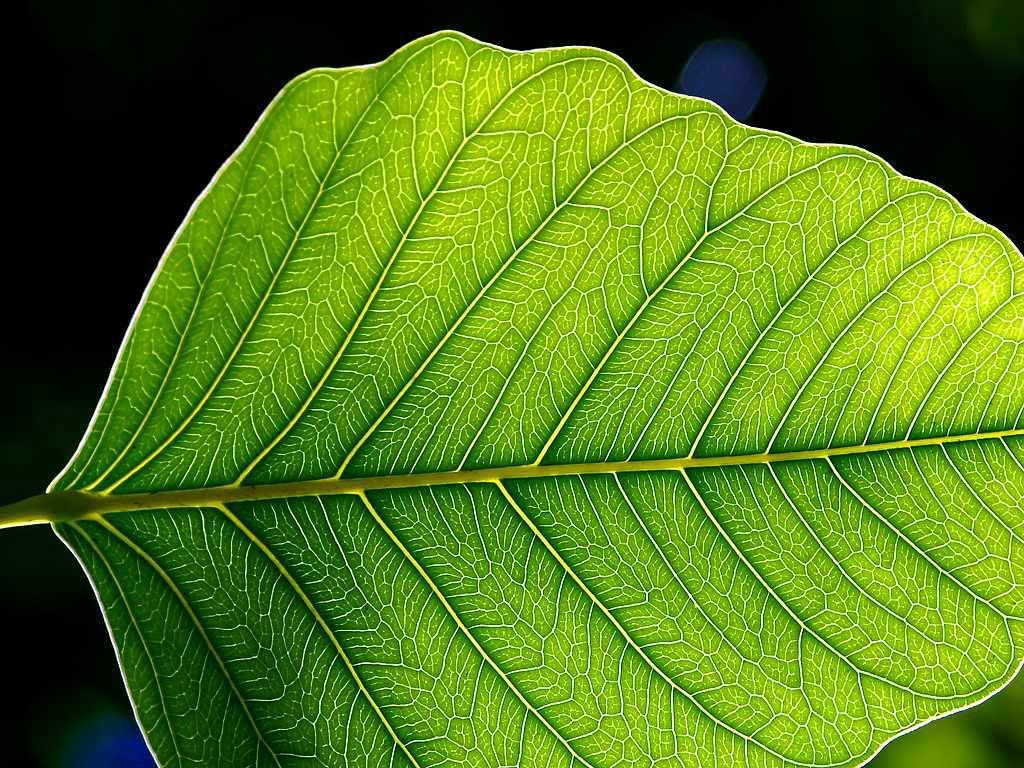Photoperiodic lighting and photosynthetic lighting, you should know the differences between them
01/2019
One of the rough divisions that can be made in agronomic lighting is between photoperiodic and photosynthetic lighting. This is one of the first questions I ask with each request I receive. These are two very different things, needing different resources, having different effects and used for different goals. I'll try to give a basic explanation which will help to understand the differences with the hope that, at the end of the article, you will be better informed as to which is suitable for what purpose. |
Photoperiod A word that is made up of photo (light) and period (time). Our goal, by adding photoperiodic lighting, is to fool the plant with a longer day. The point of this lighting is not to improve photosynthesis, rather to control which growing stage the plant is at in the growth cycle. This usually relates to the transition from vegetative to flowering stages. With correct manipulation, in certain cases we can also affect the morphology of the plant, the length of each growth stage etc. In long day plants, like dill and spinach, we can encourage flowering by lengthening the day in winter with supplemental lighting. In short day plants, like chrysanthemums and cannabis, we can suppress or delay flowering by artificially lengthening the day.  The purpose of photoperiodic lighting is to fool the plants that it's still day.This can be done even with a light level as low as 1-15 μmol/m²/s. Most plants are able to recognize light at these levels and accordingly, start or withhold flowering. Relatively low levels of light and, in most cases, a wide and fuller spectrum in the PAR (400-700 nanometers) will produce the necessary effect. In most cases, we won't use dynamic spectrums in photoperiodic lighting as there really is no need. This lighting array will use less electricity, cost less and light at a relatively low level. | Photosynthesis A word that is made up of photo (light) and synthesis (fusion). The purpose of additional photosynthetic light is usually to improve photosynthesis compared to the plant's capability with naturally available light.Simply put, light is energy and if we can increase the right type of light for the plant, it will have more energy for the processes that in the end will allow it to flower better and faster. The desired result will usually be more weight, faster. Photosynthetic light can be used as photoperiodic light but not vice versa. Photosynthetic light greatly affects the plant. The possibilities of changing light levels and spectrums are wide and varied, and so is the ability to alter the growing cycle, plant biomass, shape, color, texture, flavor and more. In some circumstances and with some plants, there is value in the addition of photosynthetic light with dynamic spectrums including wavelengths beyond the PAR range. A grower who knows how to work with photosynthetic light and spectrums which alter the length of growth stages will know how to adjust the protocol of each stage to achieve the required result at the end of the cycle. Just keep in mind that this calls for study, research, quality control and hard work to obtain the necessary knowledge.  Advanced use of photosynthetic light can become the growing tool that lets you stand out from the pack.In order to supply a substantial addition of energy to the plant, we must create more light which will provide photons to the plant so it can do the wonderful thing called photosynthesis. A relevant amount of light energy from artificial light comes from massive lighting arrays with a high power output, heat output and serious electricity use, which means heavy costs. With a good lighting plan, lighting supplier and choice of lighting array, you can greatly increase the efficiency of the array and its effect on the plants. |
For a little perspective, the difference in light levels between photoperiod and photosynthetic lighting, which affects the cost of a lighting array and electricity charges, can be between 10 to 200 times higher for photosynthetic lighting. The periodic range is between 1-15 PPFD whereas the photosynthetic levels of PPFD start many tens or even hundreds higher. My recommendation is, before you start looking for a lighting solution, understand in broad strokes what your needs are. This will give you an indication as to the budget required and answer the question of whether this is relevant or matches your expectations. I hope this has helped in explaining the two lighting terms. I wish you good growing at the right time, in the right place, with the right light, the right plants and the right people. I wish us all good light |
